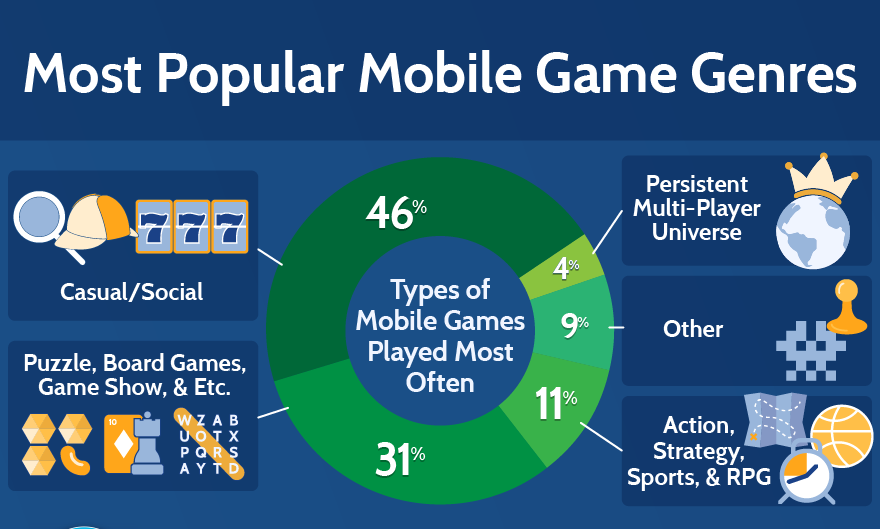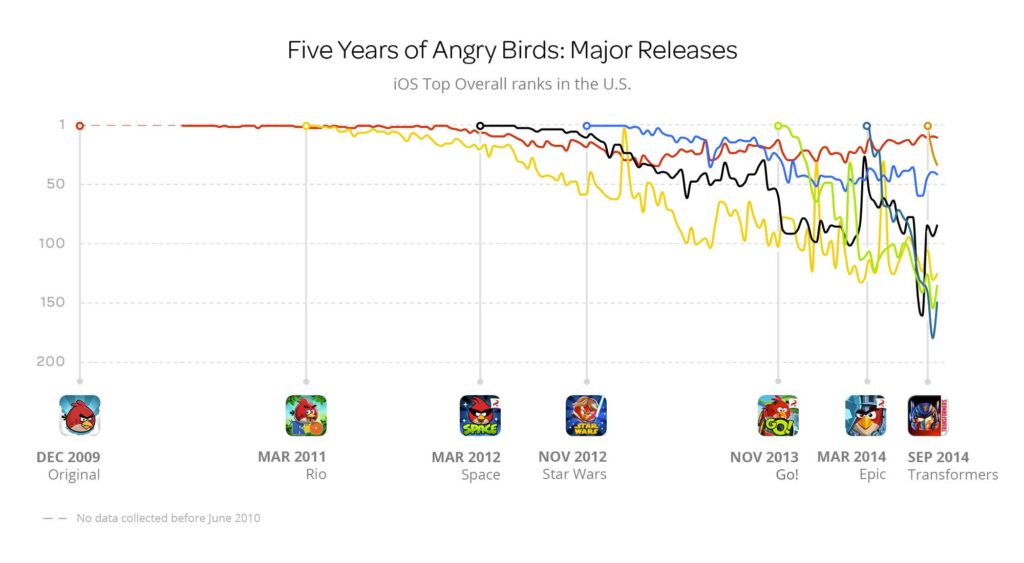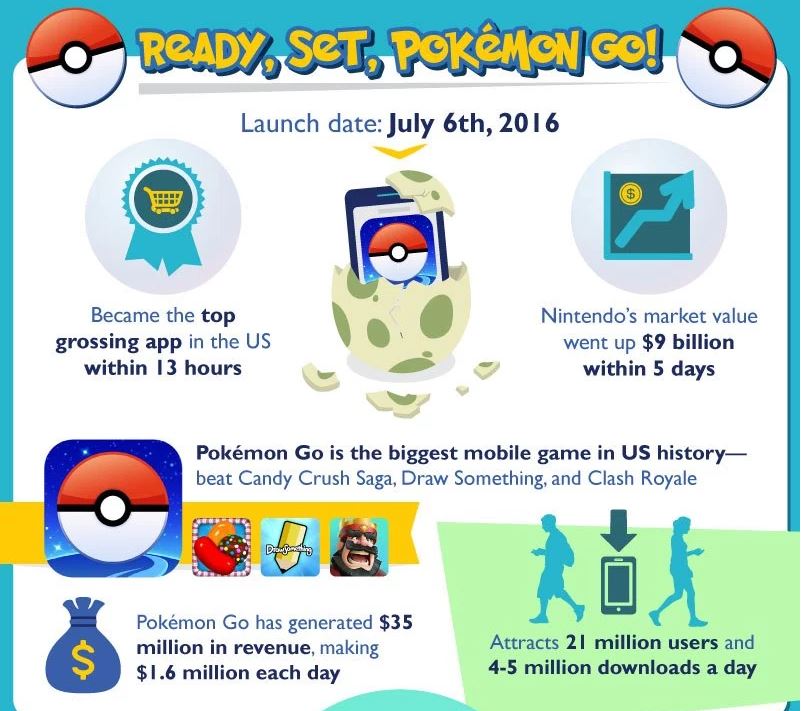Radikally Different - Our World View
The Best Strategies for Successful Mobile Game Development
The mobile game market is ever evolving and inviting. With over 2 billion smartphones in the market and over 1.3 billion active users means an exploding smartphone user base, which directly translates to huge demand in the game market. Developers are likely to rake in the bucks but the scenario also warrants strategies that can assuredly bring profit to the table.
What Could Be These Strategies? Let’s Discuss.
- Genre-Based Development
Genre decides the addressable market size of players. Are you creating a strategy-game or RPG, a sports or action-adventure game? Below are some of the most popular genres:

You must also realise your target audience – whether male or female, teens or elderly, seasoned gamers or intellectuals. Remember Super Mario? It’s been a success for obvious reasons – everyone could relate to it.And how do you think Angry Birds became a multi-billion brand and a full-length feature film? It had a comic game play that could entice anyone. No wonder it still picks up steam.

However, sci-fi themed game books like Hyper Rift, the Android-adapted GTA, tabletop gaming concepts like Knights of Pen and Paper, simpler games like Subway Surfers, My Talking Angela, Where’s My Water, and even other old-school games like Mahjong, Solitaire, and Puzzle are equally popular.
2. Compelling Story Line
Story line largely determines the engagement, stickiness, and retention rate of games. If it’s interesting, it’ll urge players to introduce the game to fellow players, thus growing the infection rate and virality.
Although in the world of mobile gaming, the story line isn’t much a conversation piece, the tides have been turning of late.There are so many games out there with game plots that keep players glued to the screen.
Think of The Walking Dead, Hero of Many, Final Fantasy VI, Chaos Rings, Broken Age, This War of Mine, Super borthers: Sword and Sorcery, Lone Wolf, The Bard’s Tale, and the classic, Bladur’s Gate. With such fantastic graphics, well-written dialogues, and impactful story campaigns, decision-making within the game is tough, but fun.
3. Simple Entry And Exit Events
A game must deliver player satisfaction. The simpler, the better. Complexities only increase the churn. A fantastic example is Plant vs. Zombies, which begins with a basic front yard, progressing towards levels where the game play turns challenging.

Its gamification includes zombie-scribbled letters notifying players about the progress. The musical score is quirky (another strategy for games that engage). Finally, it’s either the player wiping out zombies or them eating brains. That’s it. No twists. The game ends there.
Similar games include the Temple Run series, Field runners, CSR Racing, and the recently popular Clash of Clans, which have their complexities, but never confuse the players. Whenever played, these games are sure to give you the adrenaline rush you desire.
Of course, as screen sizes continue to grow mobile devices would turn more powerful. In the near future, we could witness a large number of games in the mobile space with complicated entry and exit event, and even more complicated game play.
4. Cross-Platform Compatibility
The very purpose of a cross-platform compatible game is to have an extensive player reach and maximise its audience. Now, Android and iOS cover a whopping 95% of the smartphone market in fairly equal halves. Games that are Android-only or iOS-only are likely to miss out on almost half of their target audience.
Also, let’s remind ourselves that any futuristic device will surely have access to the web. Games that are not created with a view to functioning on such devices will lose to the competition eventually.
A suitable example is PokémonGO, which was an overnight craze. With a unique approach to tracking cohorts and funnels via location-based augmented reality, this game has redefined app monetisation. It has won over 10 million users since inception seeping into Android and iOS devices. What do you think could have been its fate had it not been cross-platform compatible?

Related Story: Pokemon Go Sets Historical Records in App Store Downloads
5. Celebrity Branding
As a space-age Game Master, you wouldn’t skip this.This is a built-in marketing tool facilitating user-acquisition. Earlier it was limited to film franchises (think Prince of Persia).
Today, celebrity-endorsed games are creating ripples. Isn’t Kim Kardashian: Hollywood a perfect example of leveraging star power? This trend is here to stay.

Follow the best practices of Game Development.
- Discuss and research your idea before investing any money. Creating another Clash of Clans will not make you money easily. You need to make it different even if it is in the same mould.
- Start your project with clearly defined objectives. This might change over the development, but at least you have a clear direction and an idea of the time and cost.
- Create a Game Design Document to clarify all aspects of the game.
- Choose a development tool that works for your game. Unity, Unreal and Havok work well for 3D games. While Unity is also used ideal for 2D games, there are other options as well, including Corona, Marmalade, Phaser and the like.
- Choose an experienced and enthusiastic team that can devote time to your game.
- There is nothing called “too much testing” when it comes to games.
Game content creation should centre on player behaviour and gamer loyalty via reciprocity, authority, and social engagement. Discover the scope and then create a game. Don’t create a game and then hunt for its scope.
- Augmented Reality (4)
- Enterprise (9)
- Games (15)
- Marketing (17)
- Mobile App Development (26)
- Mobile Apps (19)
- Mobility Solutions (1)
- Monetization (8)
- News (16)
- Remote Hiring (1)
- Strategy (13)
- Testing (7)
- Uncategorized (1)
- User Experience (8)
- Virtual Reality (4)
- Web Browsing (1)
- Web Design & Development (20)